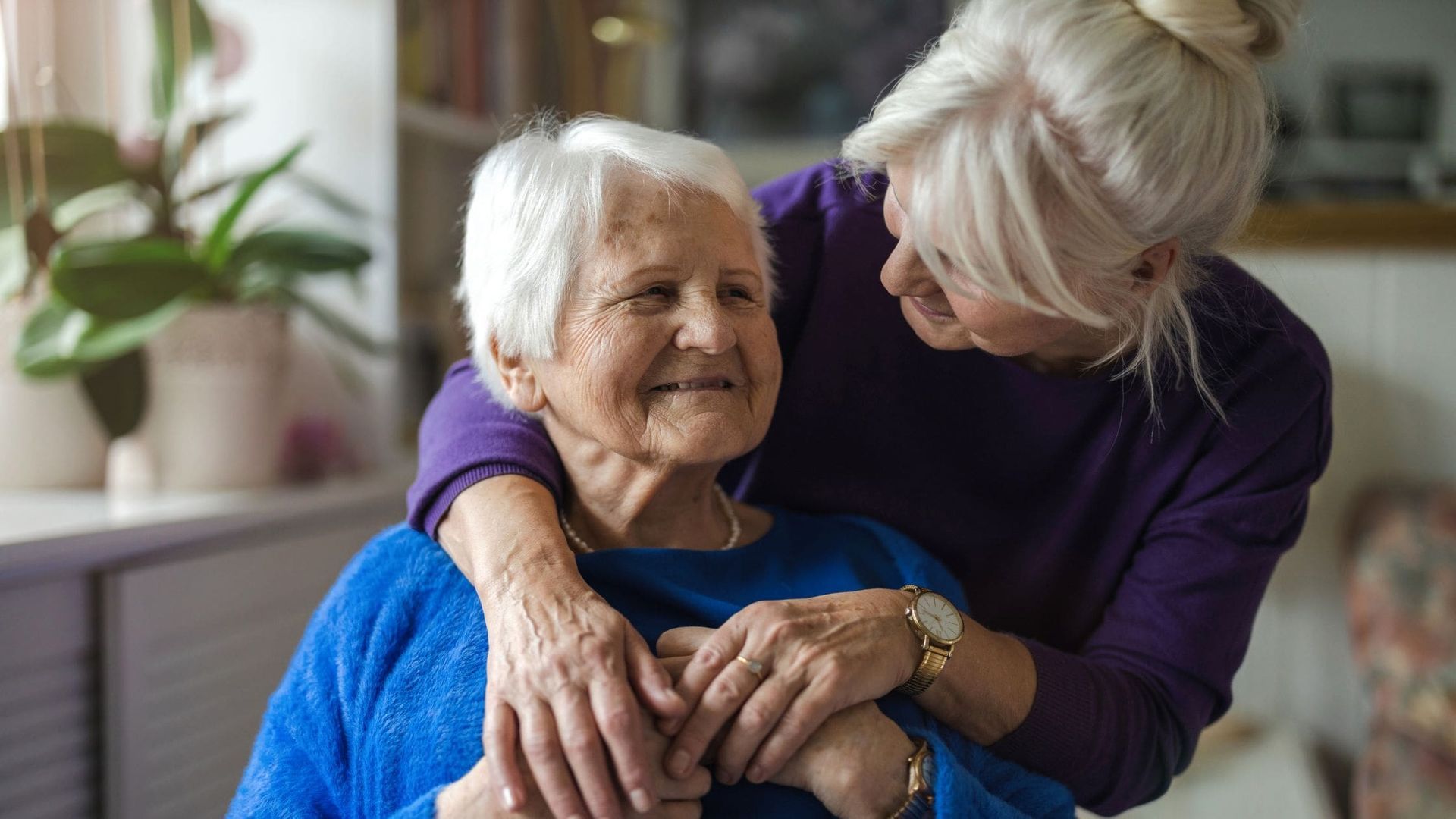An Explanation of Each Type of Senior Care Facility in the Raleigh-Durham Area
The idea of a traditional “nursing home” has transformed dramatically over the years. Today, North Carolina families have more choices than ever when it comes to helping their loved ones receive the right level of care and comfort. Here’s an overview of the most common types of senior living and care communities and what each can offer your family.
Understanding the Different Types of Senior Care Facilities
When it’s time to explore care options for an aging loved one in the Raleigh-Durham area, the variety of choices can feel overwhelming. From independent living to skilled nursing, each one offers different levels of support, social opportunities, and care services. Knowing the distinctions can help you make confident, informed decisions about what’s best for your loved one’s safety, well-being, and lifestyle.
At No Place Like Home Senior Services, we guide families through these choices with compassion and expertise, helping them find the right environment where their loved one can truly thrive.
Here’s a closer look at today’s most common senior living options:
Independent Living Communities
Best for: Active older adults who want freedom and convenience without household chores.
Bottom Line: Focuses on lifestyle instead of medical care. Ideal for social, independent seniors.
Independent living communities are designed for older adults who can manage their daily needs but want to simplify life. Residents enjoy private apartments or cottages with amenities like dining services, housekeeping, and transportation. Social events, fitness classes, and group outings make these communities vibrant and engaging places to live.
Continuing Care Retirement Communities (CCRCs)
Best for: Seniors who want to “age in place” within the same community.
Bottom Line: Offers a full continuum of care in one location but may come with higher costs for the convenience.
CCRCs provide multiple levels of care from independent living to assisted living and skilled nursing all on one campus. This model allows residents to stay in familiar surroundings even as their care needs change. Many families appreciate the continuity, community, and peace of mind CCRCs provide over the long term.
Assisted Living Communities
Best for: Seniors who need a little extra help with daily routines.
Bottom Line: A balance of independence and support, within a safe, social environment.
Assisted living is ideal for individuals who can live independently but benefit from some daily assistance. Caregivers help with tasks such as dressing, bathing, and medication management, while residents enjoy planned activities, nutritious meals, and 24-hour staff availability. It’s a setting that blends freedom with reassurance.
Residential Care Homes (Board & Care Homes)
Best for: Seniors who prefer a smaller, homelike environment.
Bottom Line: Personalized care in a close-knit, family-style setting.
Residential care homes accommodate just a handful of residents, offering a cozy, comfortable alternative to larger facilities. These homes provide the same level of personal care as assisted living like help with meals, grooming, and daily routines, but with more individualized attention and a quieter pace of life.
Skilled Nursing Facilities (Nursing Homes)
Best for: Seniors with medical or rehabilitation needs.
Bottom Line: Provides 24-hour skilled nursing and rehabilitation services.
Skilled nursing facilities deliver the highest level of medical care outside of a hospital setting. Licensed nurses and physicians oversee care around the clock, while physical, occupational, and speech therapists help residents recover after surgery or illness. These facilities are essential for those needing continuous medical monitoring or complex care.
Memory Care Communities
Best for: Individuals living with Alzheimer’s disease or other forms of dementia.
Bottom Line: Specialized environments that promote safety, comfort, and cognitive engagement.
Memory care communities are thoughtfully designed for those experiencing memory loss. The environment minimizes confusion and enhances security, while trained caregivers provide structured routines, engaging activities, and compassionate support. The goal is to preserve dignity and connection through every stage of memory decline.
Finding the Right Fit for Your Loved One
Choosing the right level of care can be one of the most important and emotional decisions a family makes. At No Place Like Home Senior Services, we’re here to help you evaluate your options, connect with trusted care partners, and design a plan that supports your loved one’s independence and well-being. Engaging with senior care professionals can save you time and provide peace of mind knowing your loved one is having their needs met at the right facility.
If you’re not sure where to begin, our assisted living placement assistance can help you explore facilities that align with your loved one’s unique needs and preferences. With compassion and experience, we’ll walk alongside you every step of the way.
Please contact Irene with No Place Like Home Senior Services at 919-762-0035.










